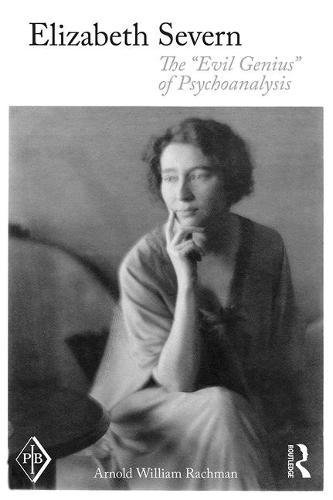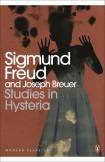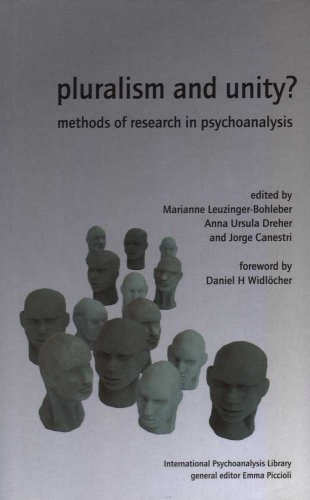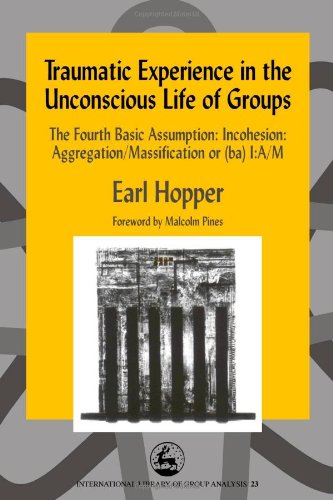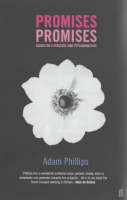Psychoanalysis Books
Psychoanalysis, Apathy, and the Postmodern Patient
The postmodern turn underlies a new development in psychoanalysis, which has theoretical and practical implications. Psychoanalysis, Apathy, and the Postmodern Patient involves a detailed reading of... (more)
The Story of Infant Development
This book brings together the closely observed development of Simone (from birth to three) and the perceptive comments of Martha (or Mattie) Harris, who was such an influential figure in the... (more)
Psychodynamic Interventions in Pregnancy and Infancy: Clinical and Theoretical Perspectives
Psychodynamic Interventions in Pregnancy and Infancy builds on Bjorn Salomonsson's experiences as a psychoanalytic consultant working with parents and their babies. Emotional problems during the... (more)
Authenticity in the Psychoanalytic Encounter: The Work of Irma Brenman Pick
Authenticity in the Psychoanalytic Encounter brings together Irma Brenman Pick's original contributions to psychoanalytic technique. Working within the Kleinian tradition, she produces vivid clinical... (more)
British Psychoanalysis: New Perspectives in the Independent Tradition
British Psychoanalysis: New Perspectives in the Independent Tradition is a new and extended edition of The British School of Psychoanalysis: The Independent Tradition, which explored the successes... (more)
Psychic Bisexuality: A British-French Dialogue
Psychic Bisexuality: A British-French Dialogue clarifies and develops the Freudian conception according to which sexual identity is not reduced to the anatomical difference between the sexes, but is... (more)
Further Developments in Interpersonal Psychoanalysis, 1980s-2010s: Evolving Interest in the Analyst's Subjectivity
Further Developments in Interpersonal Psychoanalysis, 1980s-2010s is the second collection of selected classic articles of the modern era by psychoanalysts identified with the interpersonal... (more)
Elizabeth Severn: The 'Evil Genius' of Psychoanalysis
Elizabeth Severn: The `Evil Genius' of Psychoanalysis chronicles the life and work of Elizabeth Severn, both as one of the most controversial analysands in the history of psychoanalysis, and as a... (more)
Bombs in the Consulting Room: Surviving Psychological Shrapnel
What does one do when a dangerous paedophile, six feet and seven inches in height, threatens to kill you? How does one manage when a brain-damaged, psychotic patient spits on the office floor two... (more)
At War with the Obvious: Disruptive Thinking in Psychoanalysis
Psychoanalytic thought has already transformed our basic assumptions about the psychic life of individuals and cultures. Those assumptions often take on the valence of common sense. However, this can... (more)
The Challenge of Being Human
Freud wrote that the greatest problem facing humanity is its destructive urge. There is no one factor that solves the issue. The Challenge of Being Human explores tendencies that make us up and... (more)
The Book of Love and Pain: Thinking at the Limit with Freud and Lacan
In The Book of Love and Pain, Juan-David Nasio offers the first exclusive treatment of psychic pain in Freudian and Lacanian psychoanalytic literature. Using insights gained from more than three... (more)
The Fantasy Principle: Psychoanalysis of the Imagination
The Fantasy Principle makes a strong case for a new school of psychoanalysis - the school of 'imaginal psychology'. It radically affirms the centrality of imagination and emphasizes the... (more)
Psychoanalytic Empathy
In this book, the author traces the philosophical origins of empathy and its development, with Freud and the first psychoanalysts, up to its "re-discovery" in the 1950s, in parallel with changing... (more)
Making Death Thinkable
The author explores how different psychoanalytic theories have addressed the issue of death, its presence or absence in the unconscious, as well as the implications of the theories of the death... (more)
The Transmission of Affect
The idea that one can "soak up" someone else's mood or sense the tension in a room is familiar - as in "negative energy". This ability to borrow or share states of mind is now pathologized, as the... (more)
Aggression and Destructiveness: Psychoanalytic Perspectives
This book makes a valuable contribution to the attempt to make sense of human aggression, destructiveness and violence perpetrated against the self, others and reality. It will be of great interest... (more)
Studies in Hysteria
The tormenting of the body by the troubled mind, hysteria is among the most pervasive of human disorders - yet at the same time it is the most elusive. Freud's recognition that hysteria stemmed from... (more)
Siblings: Sex and Violence
This text examines the omission of siblings from theories that inform social knowledge in the Western world. It investigates the possible reasons why and starts the search for a new paradigm based on... (more)
Real and Imaginary Fathers: Development, Transference, and Healing
In this work, Salman Akhtar looks at how many fathers unconsciously, and sometimes quite consciously, attempt to revise their own traumatized childhood by providing their children with possibilities... (more)
Violence or Dialogue? Psychoanalytic Insights on Terror and Terrorism
Our understanding of terrorism since the events of September 11th 2001 has usually been channelled through the two dimensional lens of religion and politics. This important new work contributes a... (more)
Pluralism and Unity? Methods of Research in Psychoanalysis
A major challenge for the future of psychoanalysis as a science and as a profession, both in theory and in practice, is the ongoing development of conceptual, clinical and empirical research. This... (more)
Dark Continents: Psychoanalysis and Colonialism
Sigmund Freud infamously referred to womens sexuality as a dark continent for psychoanalysis, drawing on colonial explorer's Henry Morton Stanley's use of the same phrase to refer to Africa. While... (more)
Coping and Complaining: Attachment and the Language of Dis-ease
Good clinical practice is impossible without an understanding of the ways in which patients present their complaints. Patients have their own styles of coping and of expressing their concerns, and... (more)
Traumatic Experience in the Unconscious Life of Groups: The Fourth Basic Assumption: Incohesion: Aggregation/Massification or (ba) I:A/M
With full respect for the constraints of the social unconscious, Earl Hopper applies his theory of Incohesion to the treatment of difficult patients in group analysis. The personification of... (more)
Promises, Promises: Essays on Literature and Psychoanalysis
This is a collection of essays that sets out to make and break the links between psychoanalysis and literature. It gives insights into anorexia and cloning, the work of Tom Stoppard and A.E. Housman,... (more)
Wild Analysis
'Psychoanalytic treatment utilised the patient's capacity to love and desire as a means to an end. The stuff of romance became the stuff of cure. When Freud is writing about technique in... (more)
The Schreber Case
Freud rarely treated psychotic patients but he had a powerful and imaginative understanding of their condition - revealed, most notably, in this analysis of a remarkable memoir. In 1903, Judge Daniel... (more)
The Psychopathology of Everyday Life
This collection of writings is famous for giving us the phrase 'Freudian slip'. It also builds up a strong social history of Vienna and the middle-class social milieu of Freud and his patients.... (more)









